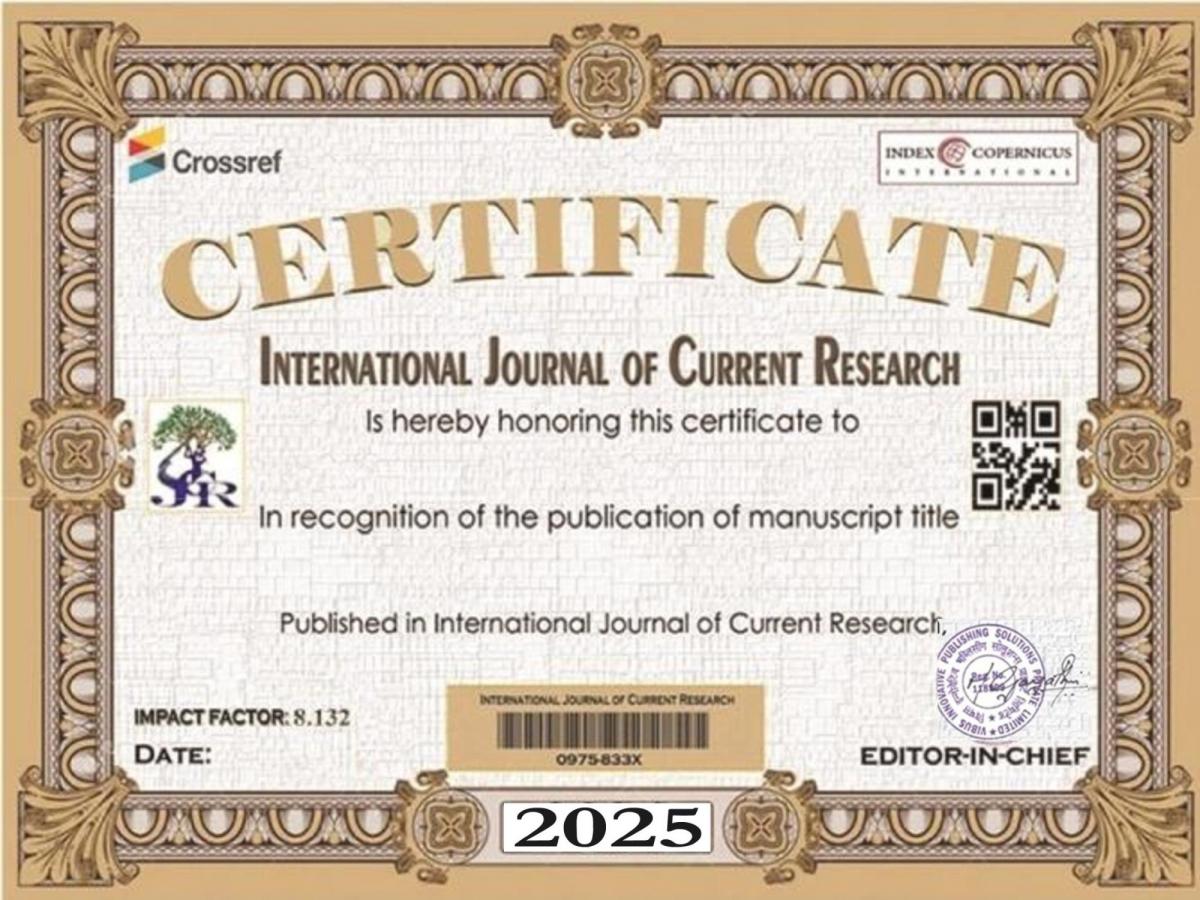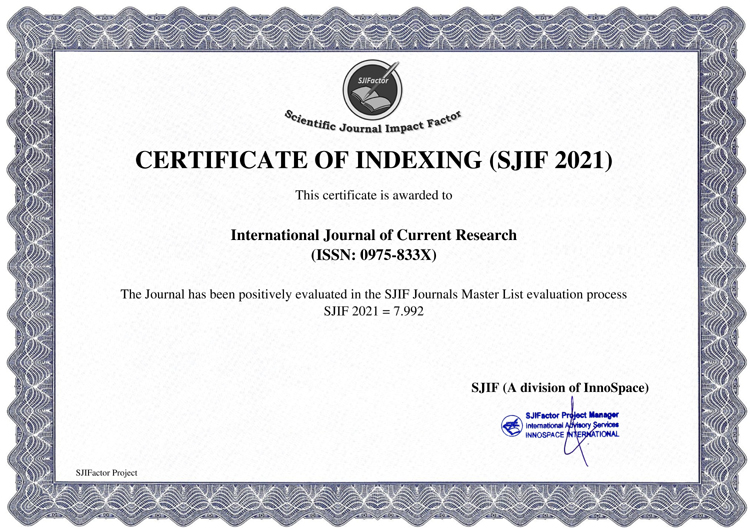Karonda belongs to the Familia: Apocynaceae, Subfamilia: Rauvolfioideae, Tribus: Carisseae, Genus: Carissa, Species: Carissa carandas L. Karonda (Carissa spp.), a lesser-known fruit crop, is extensively utilized by tribal communities in India for its medicinal properties in Ayurveda and Unani medicine. This fruit thrives in tropical and subtropical climates, showcasing its resilience and ability to withstand drought conditions. However, it is not well-suited for areas with heavy rainfall and waterlogged conditions. Karonda holds significant importance in ethno medicine as it serves as a valuable dietary supplement, contributing to the enhancement of our overall health. The plant that produces small fruits has long been employed in the remedy of antiscorbutic, and astringent qualities. Ascorbic acid, lupeol, -sitosterol scabies, intestinal worms, diarrhea, intermittent fever, and is renowned for its aphrodisiac, aperitive, antipyretic,, glucose, galactose, serine, glutamine, alanine, valine, phenylalanine, and glycine are among the numerous chemical components discovered in different components of this plant. This particular plant is commonly employed in the management of various ailments, such as biliousness and anemia. Additionally, it serves as a direct remedy for wounds (in the form of juice), a solution for skin issues, an aphrodisiac for women, an antiparasitic, antifungal, and antibacterial agent. Consequently, it is of great value to examine its therapeutic characteristics and explore its potential utilization in the nutraceutical domain, owing to its extensive nutritional and pharmacological properties. This essay examines the ethnobotanical significance of karonda fruit, leaves, root, and shoot, along with the research that substantiates the notion of their medicinal and therapeutic properties. The Carissa carandas L. popularly known as Karonda or Christ Thorn Tree, belongs to the family Apocynaceae is a hardy, evergreen, spiny and indigenous multipurpose horticultural shrub flourishing well without much care. There are approximately twenty-five species of genus Carissa, out of which five species have originated in India (Carissa carandas L, Carissa spinarum L, Carissa congesta L, Carissa edulis L and Carissa grandiflora L). Carissa species has a lot of socio-economic significance in tribal region of Tripura. It is also grown in Rajasthan, Madhya Pradesh, Uttar Pradesh, Bihar, West Bengal, Maharashtra . It is believed to be originated near the Himalayas in India. It is distributed in the Himalayas at elevations of 300 to 1800 m, in the Shivalik Hills, The Western Ghats, Nepal, Afghanistan, India, Sri Lanka, Java, Malaysia, Myanmar, Pakistan, Australia and South Africa. Karonda (Carissa spp.) plant is used in traditional medicine to treat biliousness and biliary problems as well as stomach diseases rheumatism and diseases of the brain. It is also used as an anthelminthic, astringent, appetizer, and antipyretic. A ccording to earlier research, the plant's extract has cardio tonic, antipyretic, and antiviral properties. Different cardiac glycosides and triterpenoid components as carissone, carissin, and sitosterol as have been identified in various plant sections. Moreover, wild edible fruits which are sources of vitamins, minerals, fiber, antioxidants and compounds of nutritional importance, secondary metabolites such as alkaloids, essential oils, phenols, tannins, etc. play an important role in maintaining livelihood and nutritional security of native communities in the developing countries. Indian tribal people use various portions of this plant as powerful treatments for a variety of illnesses. Family, is a tough, evergreen, spiny, and native shrub that thrives in desert and subtropical climates. It has antiscorbutic qualities, yields well with little maintenance, and is extremely helpful in treating anaemia. Ripe fruits have an odd aroma, a sub-acidic, sweet taste, and an astringent flavour. Karonda is a good source of iron and vit. C. Ripe fruits may be used to make fruit-based foods including jam, sauce, Carissa cream, and jellied salad. According to Bose et al. (1999), the unripe fruits may be used to make pickles, sauces, and chutneys since they are tart and astringent. The Karonda tree is utilised in traditional medicine and has a variety of other applications. Modern scientific research has found that the tree has a wide range of beneficial traits. According to Rahmatullah et al. (2009), the fruits are traditionally used to cure leprosy, epilepsy, cough, colds, itches, fever, myopatic spasms, dog bites, malaria, epilepsy, and nerve disorders. Cardioprotective, antipyretic, and antiviral properties have been linked to C. carandas plant extract. The fruits have protein (1.1-2.25%), vitamin C (1.6-17.9 mg/100g), and minerals, particularly iron (39.1 mg/100g), calcium (21 mg/100g), and phosphorus (38 mg/100g). Mature fruits have a high pectin content and are used to make a variety of goods that are highly demanded on the global market, including jelly, jam, sauce, syrup, and squash.





